The Notion of Ground
ARTICLE
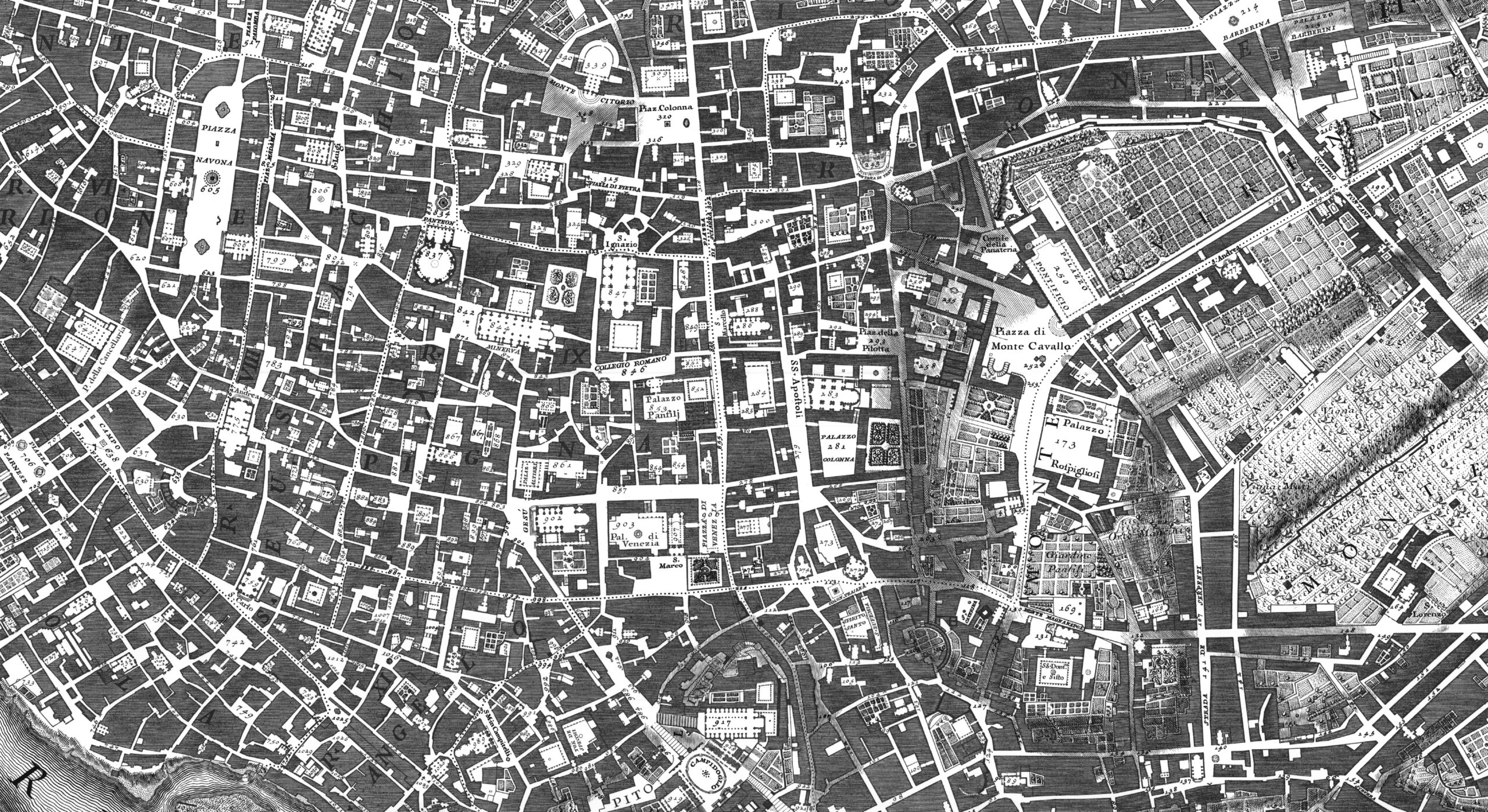
The notion of ground: a definition of urban permeability in Hong Kong and Barcelona
The famous plan of Rome by Nolli (1748) illustrates the permeability of the urban structure of the city using a figure-ground representation and for the first time including the courtyards and internal areas of public buildings as civic spaces. This paper is concerned with the question of identifying and describing the notion of urban permeability through analysing two paradigmatic cities, Barcelona and Hong Kong.
In this article, the symbiotic relationship between architecture and city, urban public spaces and the built environment will be explored using a comparative analysis. With the aim to clarify the notion of urban permeability in different spatial contexts, various urban phenomena will be analysed to understand the contrasts, similarities and specificities of both cities.
In the historic centre of Barcelona, the intricate sequence of squares and strategic passage-ways are an extraordinary example of urban permeability at ground level. On the other hand, the financial district of Central Hong Kong Island demonstrates how the pedestrian flows circulate like a dense fluid through a three-dimensional network of buildings, subterranean passages and skywalks. This system generates a series of collective spaces at different levels and creates vertical circulation which connects directly to the public transport system.
The degree of urban permeability influences the exploration and the perception of the urban environment. However, there are no specific studies on how this quality characterizes the spatial structure of Hong Kong and Barcelona. This article will address this knowledge gap by analysing these two dense and complex urban forms.
Author
Francesco Rossini
Published in:
ACE: architecture, city and environment
Published online:
October 2018
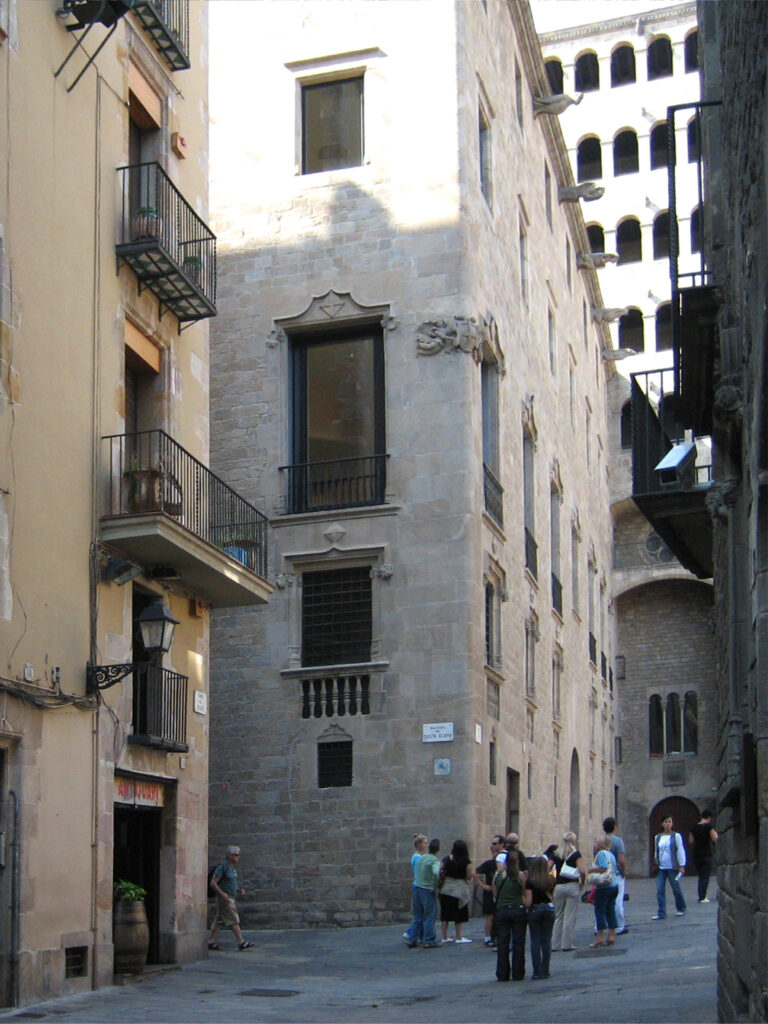


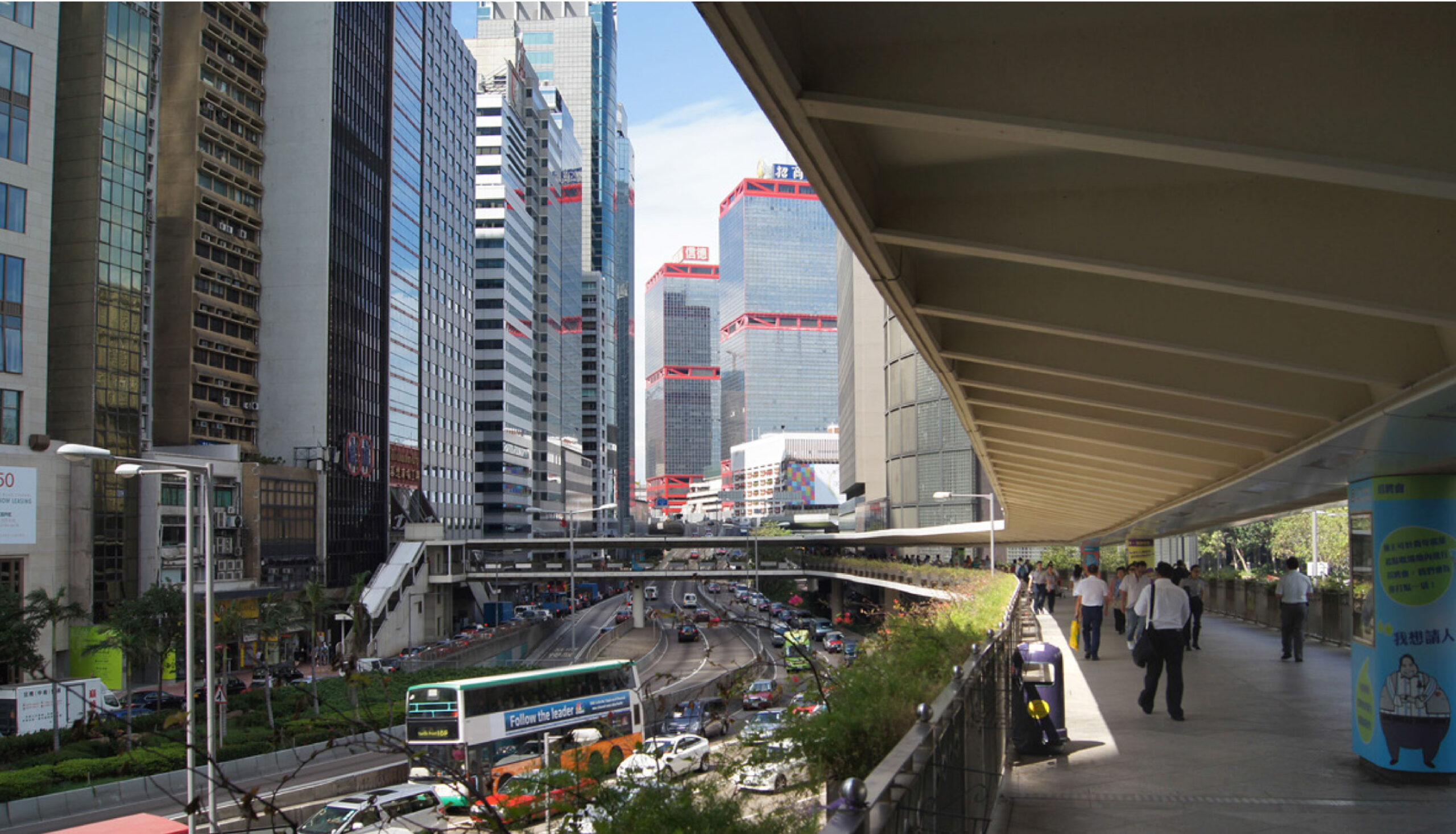
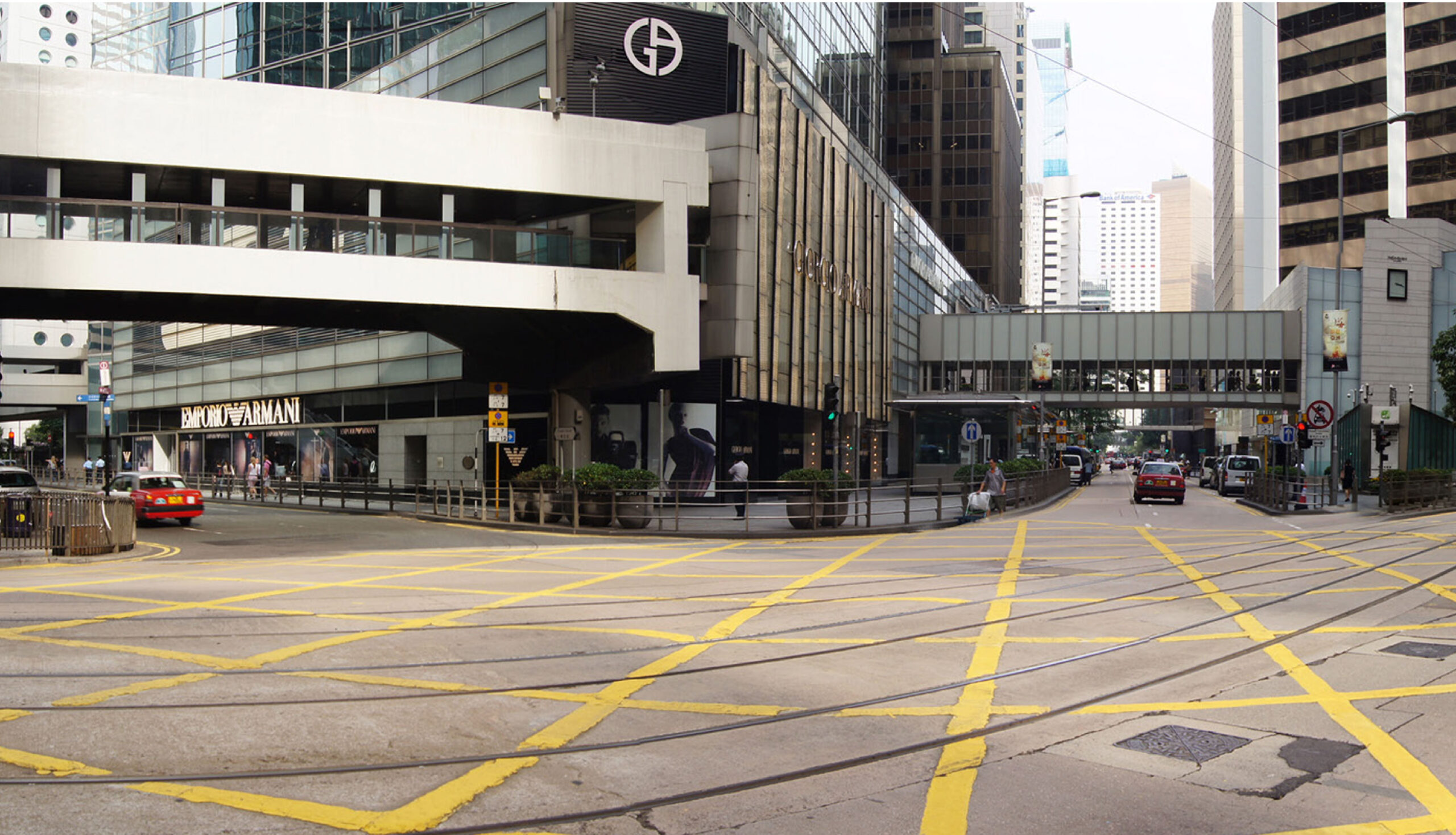


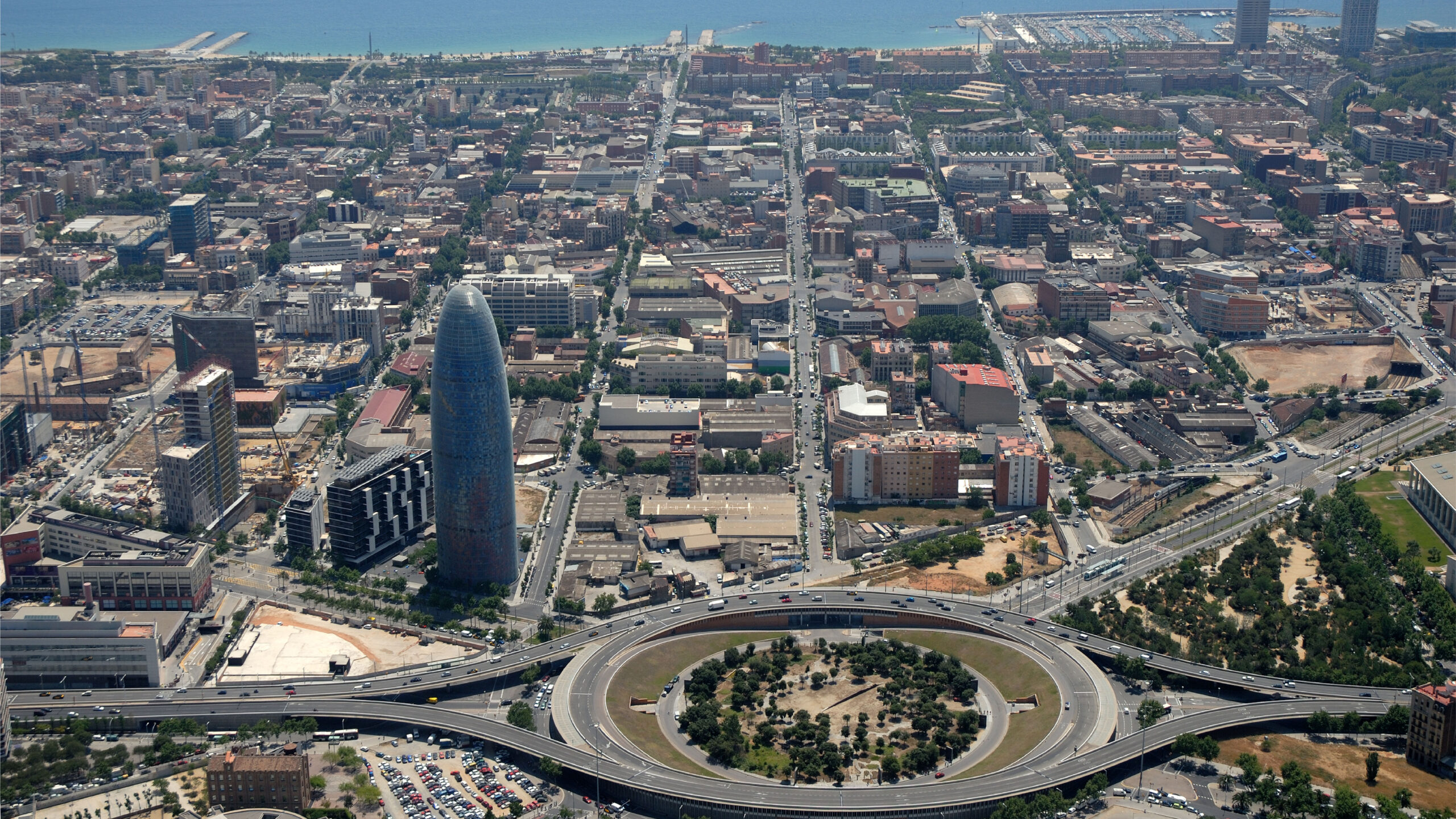
NEXT
Making Place
ARTICLE
